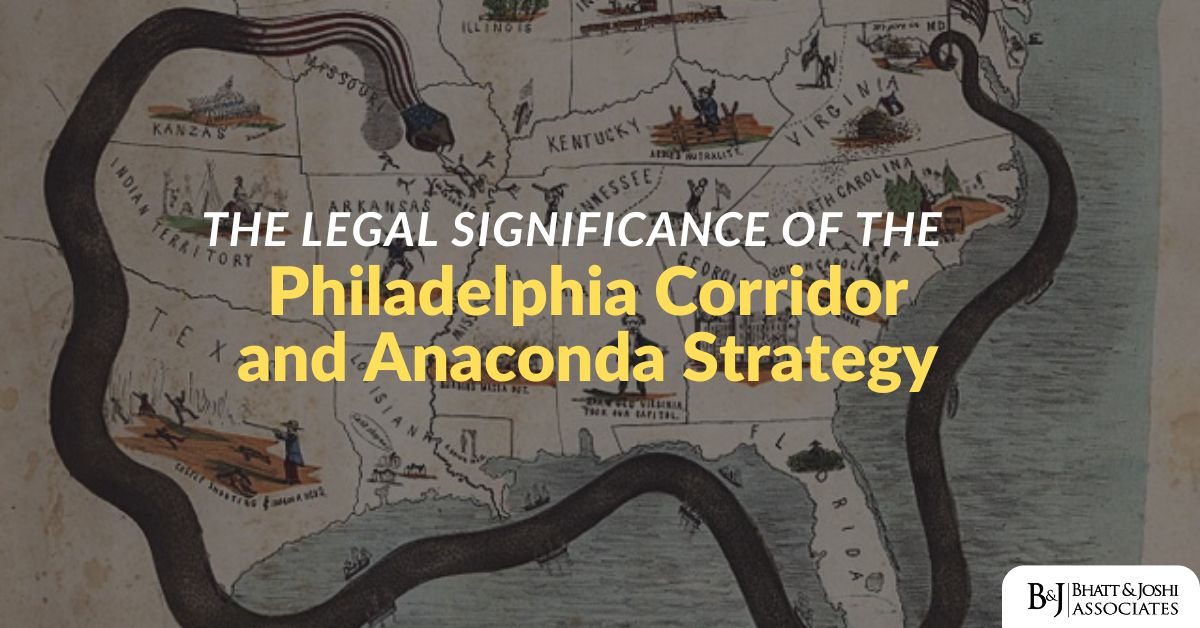Background
The Orissa Mining Corporation Ltd vs Ministry Of Environment & Forest & Ors. judgment has etched its place as a seminal case, unraveling the intricate interplay between economic development and environmental conservation, with a particular focus on the Forest Conservation Act (FCA) of 1980. In this comprehensive exploration, we navigate the nuances of how the FCA shapes decisions related to forest land diversion, dissect its implications for development projects, especially in the mining sector, and underscore its pivotal role in reshaping the legal landscape.
The Forest Conservation Act, 1980: A Primer
The Forest Conservation Act of 1980 represents a pivotal legislative response to the escalating concerns about unchecked deforestation and the potential degradation of India’s diverse forests. Enacted with foresight, the FCA seeks to conserve the nation’s invaluable forest resources while meticulously regulating the diversion of forest lands for non-forest purposes. At its core, the act mandates obtaining prior approval from the Central Government for any such diversions, thereby establishing a robust framework to ensure that developmental activities do not compromise the delicate balance of forest conservation.
Core Objectives: Preventing Deforestation with Forest Conservation Act
Preventing unchecked deforestation and land degradation: The FCA’s primary objective is to curb the rampant deforestation that poses a threat to the ecological integrity of forested areas. By imposing a requirement for prior approval, it serves as a gatekeeper against indiscriminate exploitation.
Balancing developmental needs with environmental sustainability
Recognizing the necessity for development, the FCA strives to strike a harmonious equilibrium between economic imperatives and the imperative of preserving environmental health. It mandates a thoughtful and measured approach to land use for developmental activities.
Development vs. Conservation: The Forest Conservation Act’s Role
The case of Orissa Mining Corporation Ltd versus MOEF brings into sharp relief the perennial and often polarized debate between the need for economic development and the imperative of preserving ecological balance. The case illuminates the challenges inherent in achieving sustainable development that respects both environmental limits and societal needs.
The Development Perspective
Advocates for development argue passionately that projects like bauxite mining are not only vital for economic growth but also crucial for job creation and sustaining national development. They emphasize the strategic importance of mineral resources as key drivers of progress and economic prosperity.
The Conservation Ethos: Impact of the Forest Conservation Act
On the opposing front, environmentalists and conservationists present a compelling narrative, emphasizing the irreversible damage that projects like bauxite mining can inflict on biodiversity and ecosystems. Their advocacy is fortified by the Forest Conservation Act, which serves as a critical tool in their arsenal, pushing for stringent evaluation and regulation of projects involving forest lands.
The FCA’s Influence on the Judgment
In the Orissa Mining Corporation case, the Supreme Court’s interpretation of the Forest Conservation Act underscores the law’s paramount significance in protecting forested regions from potentially harmful developmental projects. The legal scrutiny applied and the environmental safeguards imposed in the judgment reflect a meticulous adherence to the principles laid out in the FCA.
Legal Scrutiny and Environmental Safeguards
- Rigorous Application of the FCA: The judgment exemplifies a stringent application of the Forest Conservation Act, demanding comprehensive assessments to ensure that any diversion of forest land aligns with conservation principles. The court’s approach reflects a commitment to upholding the ecological integrity enshrined in the FCA.
- Nuanced Understanding of Environmental Impacts: The judgment emphasizes the need for a nuanced understanding of the environmental impacts associated with developmental projects. This aligns seamlessly with the objectives outlined in the FCA, which seeks to balance the imperative of development with a profound respect for the environment.
Implications for Future Development Projects
The ruling in the Orissa Mining Corporation case sets a precedent, sending a clear message to corporations and the government alike that developmental projects in forest areas will be subjected to intense scrutiny under the framework of the Forest Conservation Act. The judgment emphasizes that sustainable development cannot be an afterthought but must be a foundational criterion in the planning and execution of projects.
Navigating the Legal Landscape
- Thorough Environmental Impact Assessments: Future projects must incorporate thorough environmental impact assessments, ensuring a comprehensive understanding of the potential repercussions on the ecosystem.
- Engagement with Indigenous Communities: The judgment reinforces the importance of engaging with indigenous communities and stakeholders, as mandated by law. Recognizing the rights and perspectives of local communities becomes an integral aspect of sustainable and responsible development.
- Deterrent Against Exploitation: The judgment acts as a deterrent against the exploitation of forest resources for short-term gains. It underscores the significance of adhering to environmental regulations and ethical practices in the pursuit of developmental goals.
Conclusion: Charting a Sustainable Path Forward
The Orissa Mining Corporation Ltd vs Ministry Of Environment & Forest & Ors. judgment reiterates the Forest Conservation Act’s critical role in mediating the complex relationship between development and conservation. By holding the line on forest conservation, the Supreme Court has not only protected the ecological integrity of the Niyamgiri Hills but has also set a robust legal precedent for future cases. This judgment serves as a clarion call for sustainable development practices that harmonize economic objectives with the preservation of India’s natural heritage. It is a reminder that the delicate dance between development and conservation requires a thoughtful and balanced approach. As we move forward, the principles upheld in this case should guide the way we conceive, plan, and implement developmental projects. It becomes imperative to ensure that these projects contribute to the welfare of both people and the planet. In the shadows of the law, a sustainable path forward is charted, where the delicate dance between development and conservation finds a harmonious rhythm. The Forest Conservation Act stands not just as a legal instrument but as a beacon guiding India towards a future where economic growth and environmental sustainability coexist in harmony. As we navigate the challenges of the 21st century, this judgment encourages us to envision a future where development is not at the expense of nature but rather as a collaborative effort to build a resilient and sustainable society.














